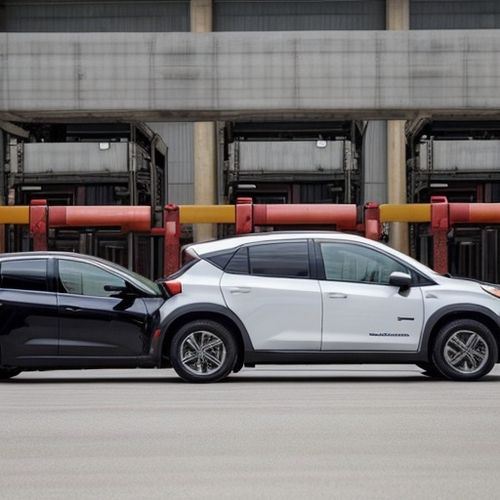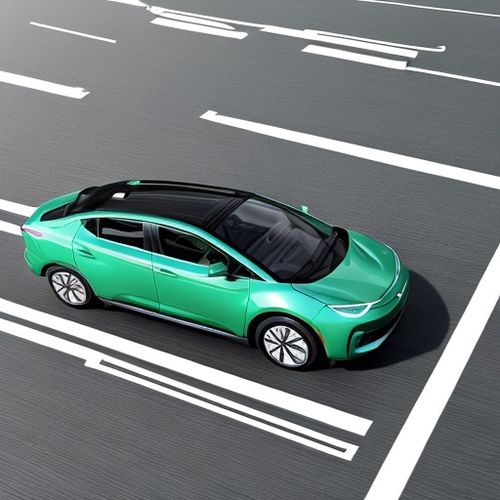The Silicon Valley AI chip startup ecosystem is experiencing unprecedented investment activity, with venture capital firms pouring billions into competing architectures that promise to accelerate the next generation of artificial intelligence. Beneath the surface of this funding frenzy lies a fundamental battle over the future of computing hardware – one that will determine which companies emerge as the Nvidias of the AI era and which become footnotes in semiconductor history.
Neural network acceleration has become the holy grail of chip design, with at least 45 AI silicon startups raising Series A or larger rounds in the past 18 months alone. What makes this gold rush remarkable isn't just the dollar amounts – though those are staggering, with several nine-figure rounds becoming commonplace – but the radically different technological approaches these companies are taking to solve the same fundamental problem.
The architectural schism centers on how best to handle the matrix multiplication operations that form the computational backbone of modern AI. Traditional GPU architectures, while flexible, waste significant energy and silicon real estate on components unnecessary for neural network workloads. This inefficiency has spawned three distinct camps in the startup world, each convinced their approach represents the optimal path forward.
One faction continues to refine the von Neumann architecture that has dominated computing for decades, creating specialized AI accelerators with optimized memory hierarchies and tensor cores. These companies argue that incremental improvements to existing paradigms offer the best balance between performance and programmability. Their chips often resemble GPUs stripped of graphics-specific hardware, with added support for lower-precision math operations common in AI inference tasks.
Another group has gone all-in on dataflow architectures that abandon the traditional fetch-decode-execute cycle entirely. Their processors treat neural networks as spatial computational graphs, physically mapping layers of the network onto the chip's fabric. Proponents claim this approach achieves order-of-magnitude improvements in energy efficiency by eliminating instruction overhead and keeping data movement localized.
The most radical vision comes from startups pursuing in-memory computing solutions that perform calculations directly within memory arrays. By avoiding the von Neumann bottleneck entirely, these designs promise theoretical efficiency gains that could make current AI hardware look archaic. However, the technological hurdles – from manufacturing challenges to software ecosystem gaps – remain substantial.
Investors appear to be hedging their bets across all three approaches, creating a rare moment in tech history where fundamentally different computing paradigms are receiving serious funding simultaneously. "This isn't like the CPU wars where everyone was working within the same basic framework," noted one semiconductor VC who asked not to be named. "We're seeing multiple reinventions of how computation itself works, all targeting the same exploding market."
The software challenge may ultimately prove more decisive than hardware innovations. Many of these startups are discovering that architectural advantages mean little without robust compiler stacks and developer tools to match Nvidia's CUDA ecosystem. Several have pivoted to focus as much on software as silicon, recognizing that adoption hinges on making their exotic architectures accessible to mainstream AI researchers.
Industry observers note parallels with previous platform shifts in computing history, where superior technology often lost to better-marketed or more developer-friendly alternatives. The current AI chip race may come down to which companies can best bridge the gap between their architectural elegance and practical usability. As one engineering lead at a well-funded startup confessed: "We built the most efficient matrix multiplication engine ever conceived. Now we just need to convince anyone outside our lab to actually program the thing."
What makes this moment particularly volatile is the simultaneous transformation occurring in AI algorithms themselves. The rise of attention mechanisms, mixture-of-experts models, and other architectural innovations means the optimal hardware solution today might be mismatched to tomorrow's dominant neural network forms. Startups betting everything on accelerating today's convolutional networks could find themselves obsolete if the research community shifts direction.
The financial stakes have never been higher in semiconductor startups. With some Series B rounds now exceeding what would have been considered massive IPOs a decade ago, the pressure to deliver results is intense. This funding environment has created both extraordinary opportunities for engineering breakthroughs and concerning signs of froth, with some companies raising at billion-dollar valuations before shipping their first test chips.
Corporate investors – particularly cloud providers and smartphone makers – have become increasingly active in these funding rounds, often taking strategic stakes in multiple competing startups. Their participation reflects the existential importance of controlling AI acceleration technology, as well as a desire to avoid overreliance on any single vendor. This has created complex webs of alliances where supposed competitors share common investors.
As the first products from this wave of startups begin sampling with customers, the industry is bracing for a shakeout. With so many well-funded companies chasing what remains a niche market compared to general-purpose computing, consolidation appears inevitable. The coming years will reveal whether today's architectural diversity represents healthy experimentation or wasteful duplication in a market that may ultimately support only a handful of winners.
What remains undeniable is that the center of gravity in computing has shifted. For the first time since the rise of the microprocessor, the most exciting innovations in silicon are happening outside the traditional CPU/GPU duopoly. The outcome of this architectural struggle will shape not just which startups survive, but how artificial intelligence evolves in the coming decade.

By Sophia Lewis/Apr 6, 2025

By Thomas Roberts/Apr 5, 2025

By Emma Thompson/Apr 5, 2025

By Sarah Davis/Apr 5, 2025

By John Smith/Apr 5, 2025

By Laura Wilson/Apr 5, 2025

By Christopher Harris/Apr 5, 2025

By Emma Thompson/Apr 5, 2025

By David Anderson/Apr 5, 2025

By James Moore/Apr 5, 2025

By James Moore/Apr 5, 2025

By Natalie Campbell/Apr 5, 2025

By David Anderson/Apr 5, 2025

By Grace Cox/Apr 5, 2025

By Thomas Roberts/Apr 5, 2025

By Christopher Harris/Apr 5, 2025

By Michael Brown/Apr 5, 2025